The all-new Range Rover 4 is the model which finally promises to lift its maker, Land Rover, into the upper eschelons of the luxury car market. It has made its public debut at the Paris motor show and has scooped both Bentley and Maserati to give birth to its first über premium SUV. This journey began back in 1999 with the experimental Range Rover V12.
In the drive further upmarket, Land Rover has ensured it is still capable of storming mountains and fording streams. Its Terrain Response system is more intelligent, ground clearance is increased and its wading depth grows by 200mm to a hugely impressive 900mm.
The result is a car, that during our very early drives, is shaping up to regaining its crown as one of the world's best cars. Here, we bring you the new car's technical highlights.
Ride and handling benchmarking
The project target was for ‘best of both worlds’ on-road and off-road performance on 175 parameters. NVH (noise, vibration, harshness) was benchmarked against the Mercedes S-class, Audi A8 and Bentley Flying Spur. On-road benchmarks were Flying Spur, S-class, Rolls-Royce Ghost; off road it was the Land Rover Discovery 4, Mercedes GL, Lexus LX. Performance and economy benchmarks were BMW X5 and Audi Q7.
Low-speed secondary ride characteristics are claimed to be superior to a Flying Spur’s. Wind noise at 100mph is claimed to be 30 per cent lower than in a Porsche Cayenne and better than an Audi A8; beaten only by the S-class. Road noise at 37mph on 21in wheels is claimed to be the best of all luxury road and off-road cars, including the S-class.
Overall, Land Rover’s internal benchmarks claim a 30 per cent improvement in steering performance, 28 per cent in handling and 25 per cent in ride, compared with the previous model.
Electronic chassis systems
New-generation Terrain Response 2 now includes an ‘auto’ setting, which analyses the terrain and can switch between the five settings. A new Dynamic Response setting is an option on the base model and is claimed to dramatically reduce the amount of body lean in corners. The system is also said to improve off-road ability because it can isolate the anti-roll bars. It works independently on the front and rear of the vehicle. Continuously variable dampers are standard on all models.
Off-roading is assisted by hill descent control, gradient release control, hill start assist, dynamic stability control, electronic traction control and roll stability control. Overall, the car has 9km of wiring, which weighs 75kg.
Soundproofing
Powertrain noise has been reduced by a sound absorber behind the dashboard, a secondary bulkhead, more rigorous sealing of all the routing holes in the body and double-isolated engine mounts on diesel models. Sound-absorbing foam is used in the vents to reduce airflow noise. The solenoid for the rear wiper is encapsulated.
Braking
Brembo six-pot calipers and 380mm discs are fitted to the front wheels, with 365mm discs at the rear and a new Bosch six-piston brake control modulator. New braking system works with the automatic cruise control, low-speed city auto braking, intelligent emergency braking and trailer stability assist.
Permanent all-wheel drive
Torque split is 50/50 front to rear, with a two-speed transfer ’box. Active rear locking differential is optional on V8 models.
Steering
New electric assistance with pull/drift compensation, soft lock stops (which prevent a thump when hitting the lock stops) and parking torque control.
Off road ability
Ground clearance has been increased by 18mm to 296mm front, 310mm rear. Four height settings are available for off road and it can drop by 50mm for ‘access mode’. The Range Rover has a wheel travel of 597mm, versus 480mm for the Mercedes GL and 390mm for the BMW X5. Wading depth increased by 200mm to 900mm and the car now ‘breathes’ via a gap between the bonnet and wing, air ingested through four vents (nicknamed ‘Queen Mary funnels’) mounted on the inner wing top.
Its maximum approach angle is 34.5deg while its maximum departure angle is 29.5deg. Land Rover claims the Range Rover's smooth underfloor improves off-road performance and aerodynamic performance.
Engine line-up
Engine V6, 2993cc, twin-turbo, diesel; Power 255bhp at 4000rpm; Torque 442lb ft at 2000rpm; Economy 37.8mpg; CO2 196g/km
Engine V8, 4367cc, twin-turbo, diesel; Power 335bhp at 3500rpm; Torque 516lb ft at 1750-3000rpm; Economy 32.5mpg; CO2 229g/km
Engine V8, 5000cc, supercharged, petrol; Power 504bhp at 6000-6500rpm; Torque 461lb ft at 2500-5500rpm; Economy 21mpg; CO2 322g/km
Low CO2 tech
All engines are equipped with stop-start, which is claimed to reduce CO2 by five to seven per cent. The engine restarts in 600 milliseconds via a second using a dedicated battery. A new electronic power steering system saves another four per cent of CO2.
Under the bonnet, electric cooling fans replace viscous fans and low-viscosity oil is used in the transmission. A lower drag coefficient (0.34) claimed to shave as much as 10 per cent from CO2 output while low-friction pistons are claimed to save 1.2 per cent CO2.
Interior
Twin 8in TFT screens are offered, as is a 'dual-view' central screen with a digital TV tuner and DVD. Land Rover claims it has 50 per cent fewer switches than previous car. Seven different wood veneers are offered, alongside three headlining colours, 38 exterior colours, 27 'Autobiography' colours and the car's dimmable LED backlighting can shine in up to 10 colours.
Land Rover says there are 18,000 options, with 16 interior themes.
Panoramic roof
Claimed to be the largest panoramic roof fitted to any SUV. It is likely to be fitted to 70 per cent of new Range Rovers and can support three times the vehicle’s weight. Sunroof has been tested for 5000 activations, and the sun blind for 10,000. An optional contrast-colour roof is available.
Rear cabin
A 40mm longer wheelbase allows for longer rear door aperture, while legroom has increased by 118mm and knee room by 50mm. The optional ‘business class’ individual rear seat configuration offers a fixed centre console. Electrically powered side steps are also available from the options list.
Tailgate
Both the upper and lower tailgate are electrically powered and feature obstacle detection. The upper section is of a composite construction while aluminium is used in the lower section.
Automatic gearbox
The Range Rover's ZF eight-speed auto has a wider ratio spread than the previous car’s gearbox. A torque converter is used for launching the car from rest, before immediately locking up for maximum fuel economy. Transmission idle control system disengages 70 per cent of the drive from the transmission when the car is standing still.
Dimensions
Length 4999mm; width 2073mm; height 1835mm; wheelbase 2922mm
Weights
V6 diesel 2160kg; V8 diesel 2360kg; V8 petrol 2200kg; V8 supercharged petrol 2330kg
Towing capacity 3500kg
Hybrid
Due in late 2013, it will be pitched as the "world’s most capable hybrid" and engineered for wading. It will be powered by a V6 diesel engine, with 286bhp and 412lb ft operating through an eight-speed ZF auto ’box with twin clutches. An integrated permanent magnet AC synchronous motor develops 47bhp and 125lb ft powered by a li-ion (nickel cobalt aluminium) HV battery, 1.7kWh, 50kW peak output. Power is claimed to be 333bhp combined, with a 0-62mph of 7.4sec and CO2 emissions of 169g/km.


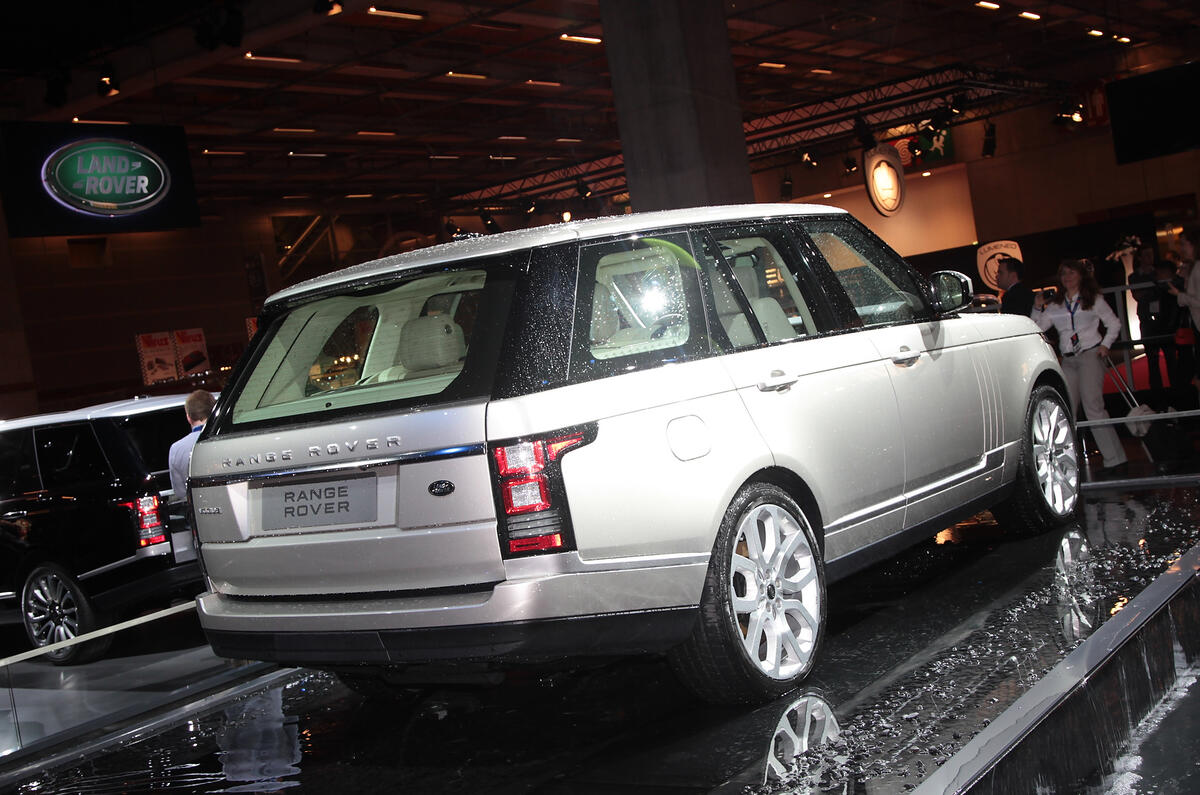
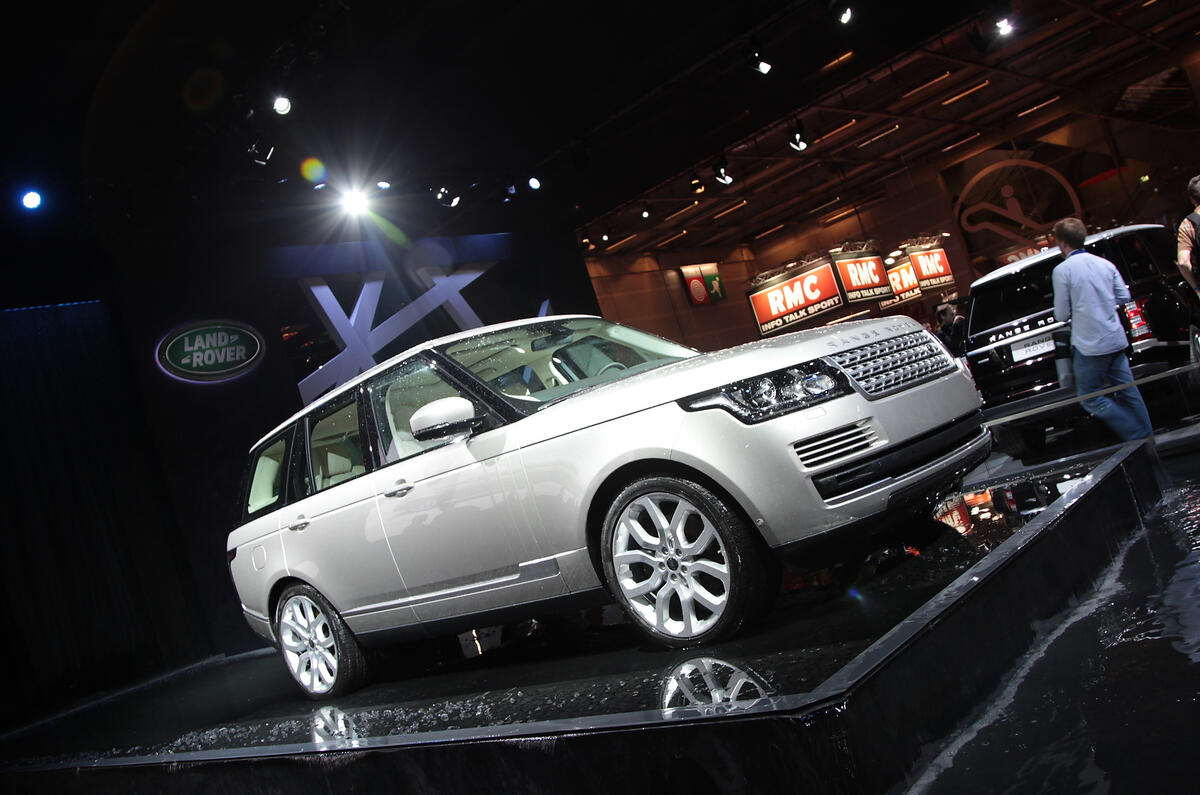


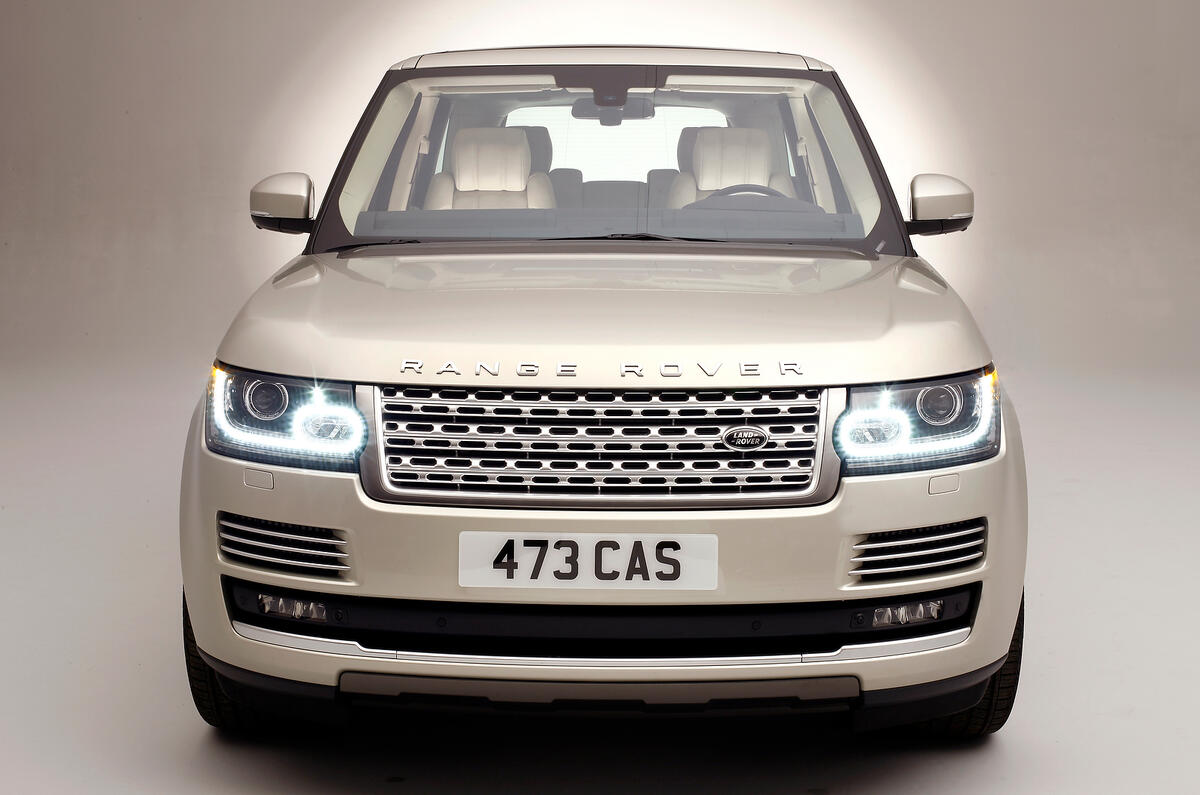

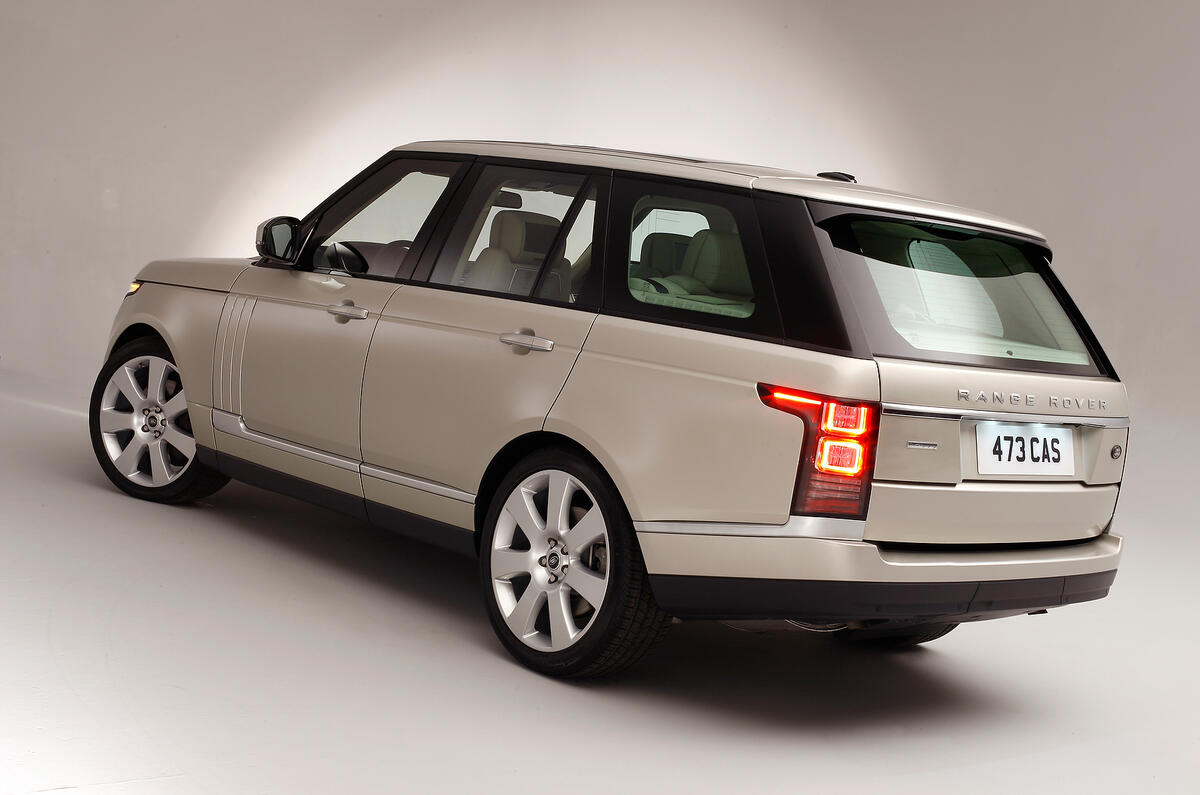
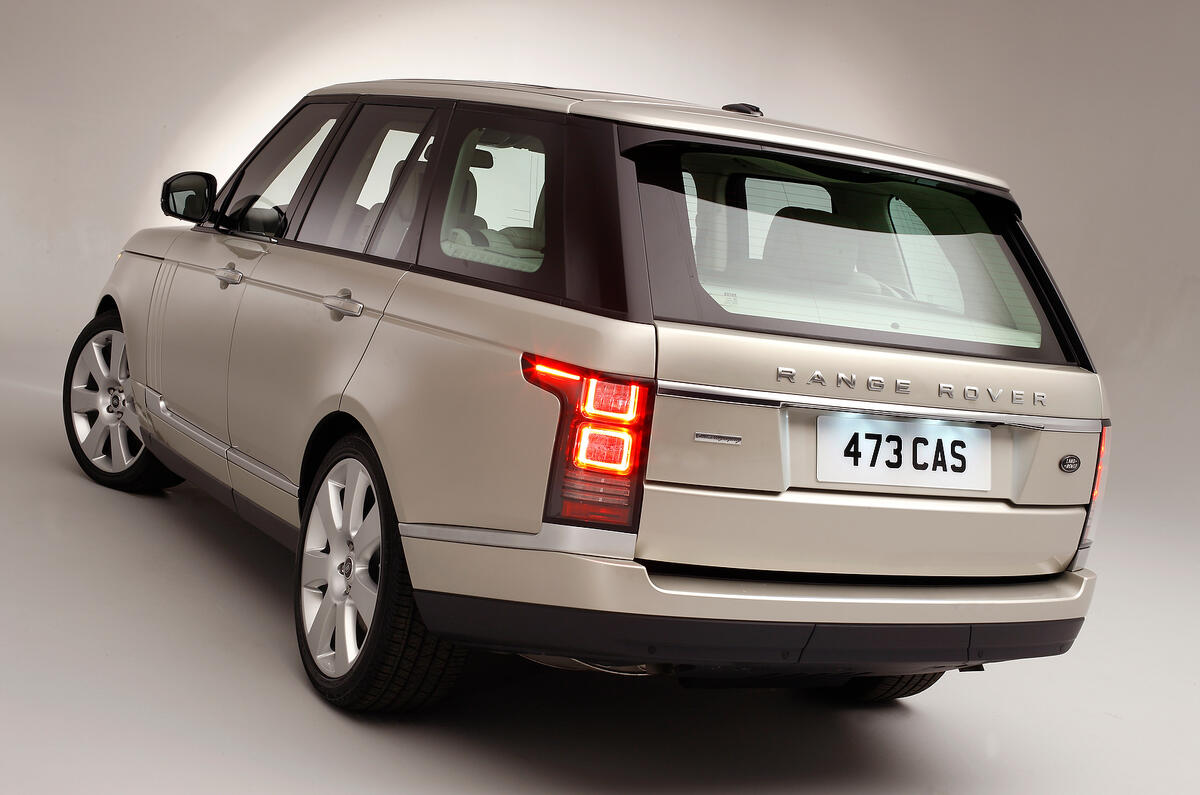


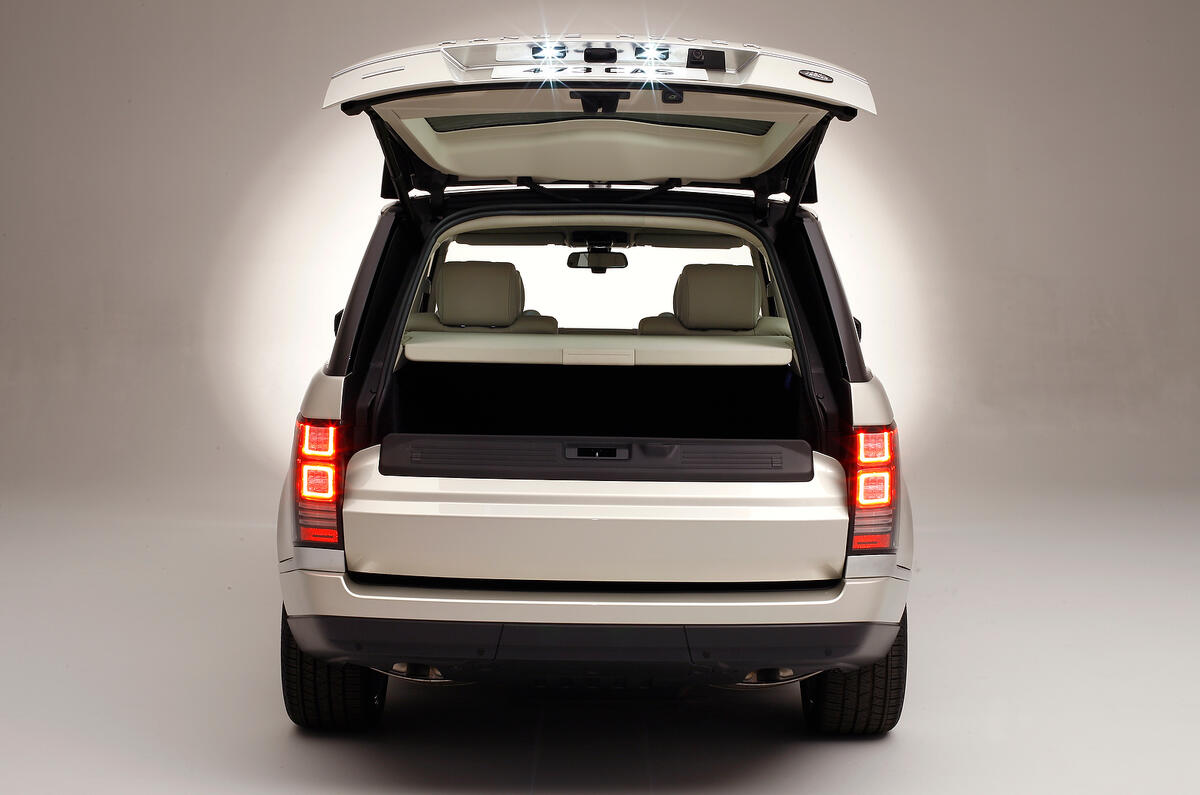



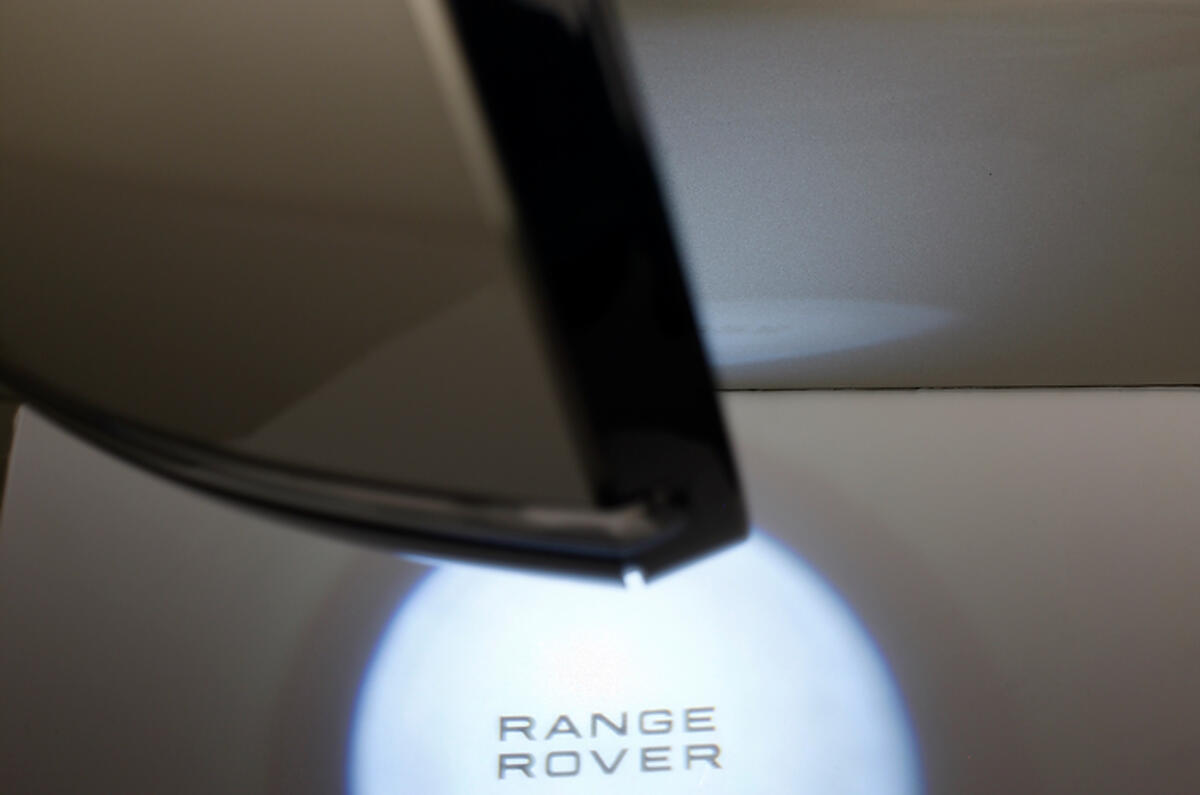





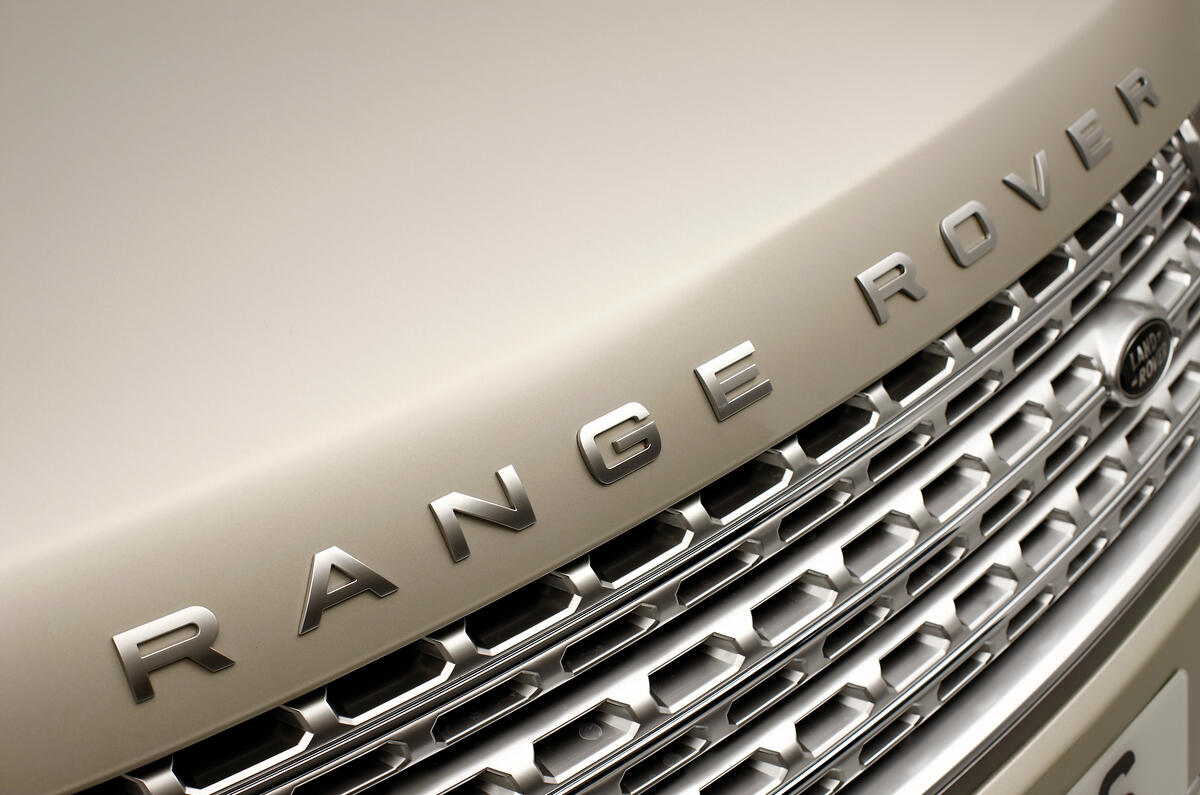


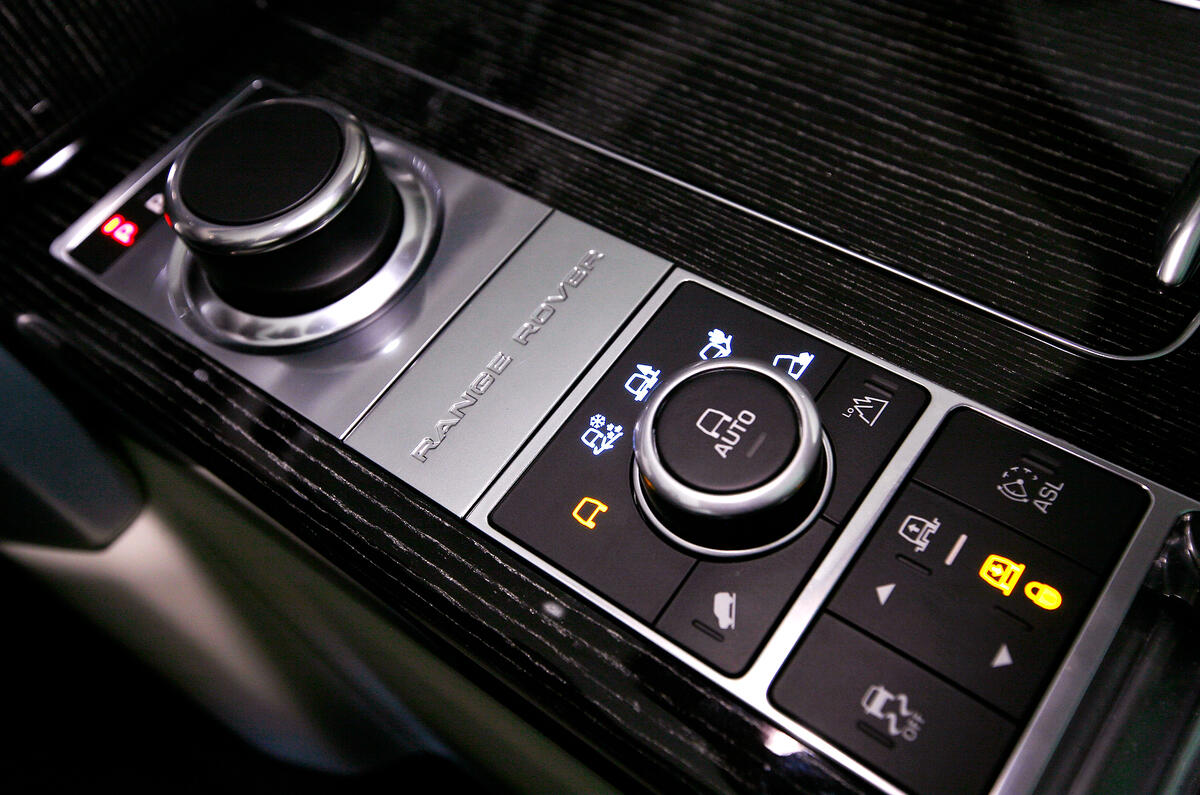









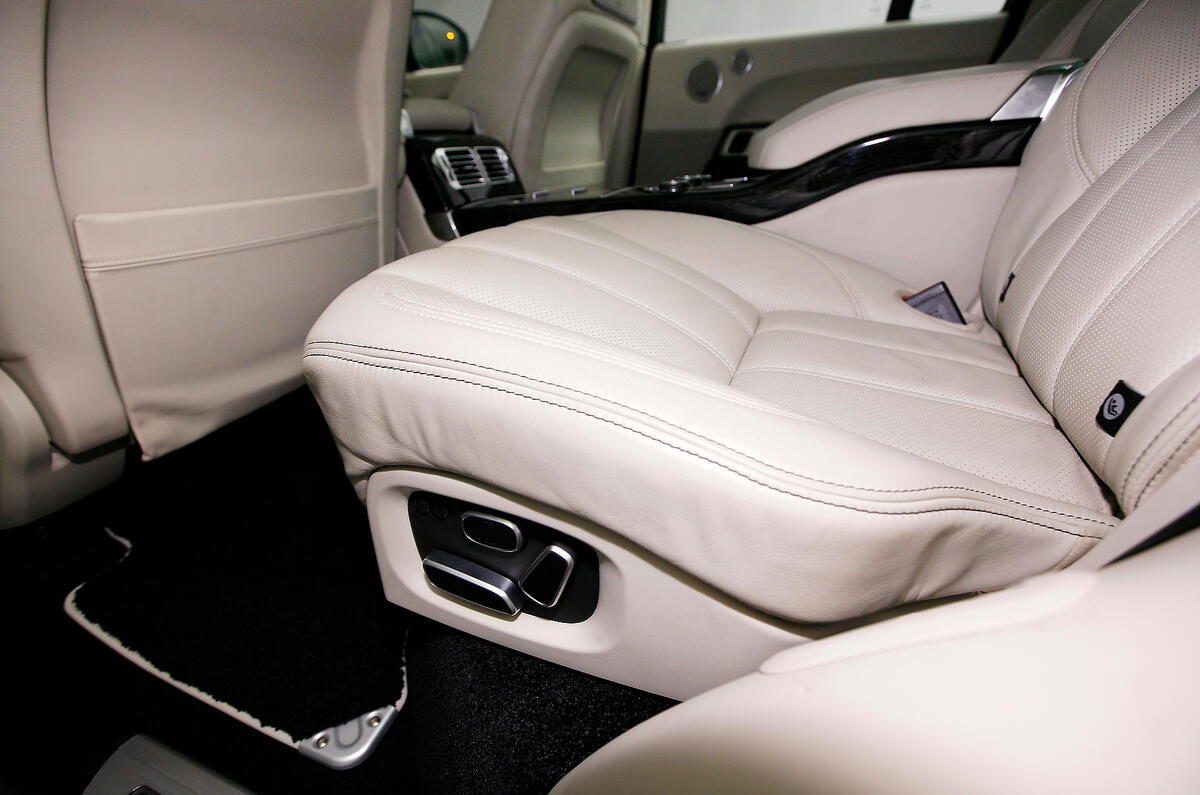











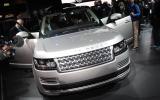

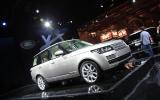
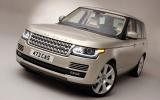

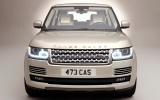

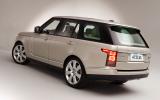
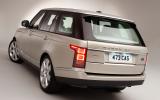
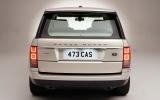

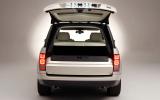
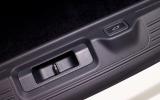

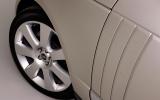
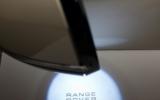
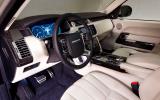
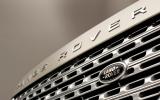
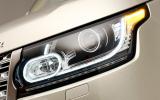
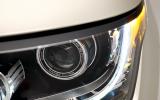
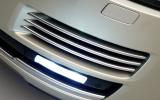
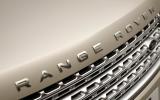

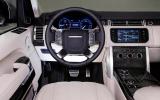

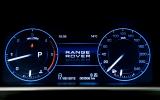
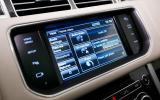
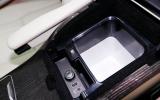
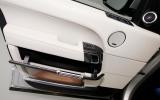
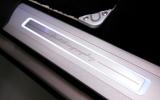

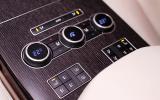
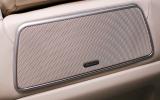
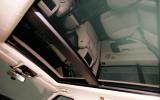
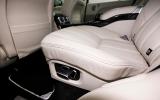
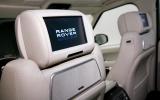

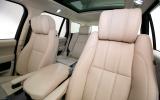
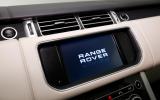

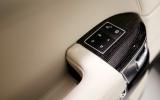
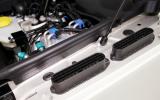
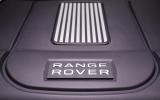
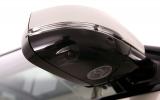
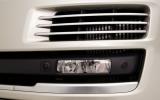
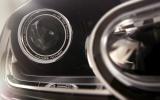


Join the debate
Add your comment
Astonishing
So utterly, astonishingly, amazingly over the top: I'm grateful it exists and is the ultimate toy but as a rational purchase it seems to occupy a very small niche.
I preferred the looks of the early mark 3, the best looking RR since the original. The front end doesn't look great on this one.
Reducing button numbers means more reliance on touch screens: I hope Land Rover have made this one respond faster and work better than those in recent Jaguars that seem to have been the source of much criticism.
Engine
If only it had Audi's twin turbo 4.2 TDI....377BHP and 626lb ft of torque and better economy than Land Rover's 4.4 diesel. It would have been epic.
The Bonus over an X5
It will still be on your drive the following morning, ooops, 2 keys no car, where is my BMW "The ultimate Thieves Car"..